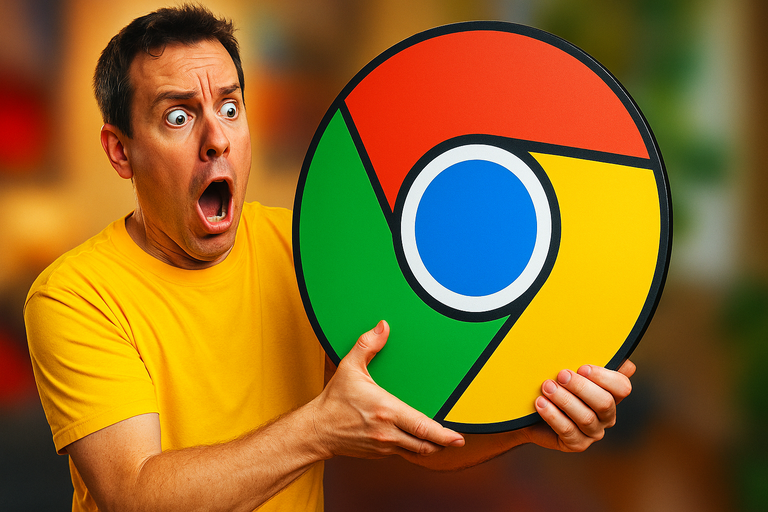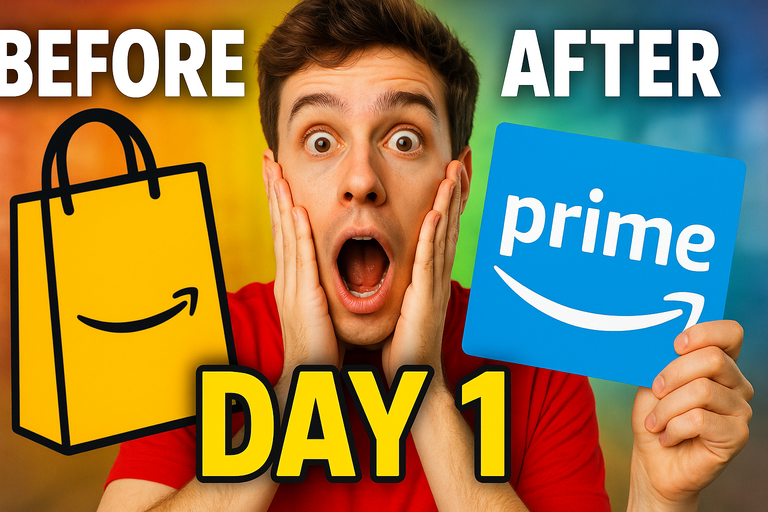
Ever panic-scrolled through Father’s Day deals, hoping for a last-minute miracle? You’re definitely not alone. In fact, this year’s Best Buy Android sale was so massive, it practically broke the internet. But here’s the real question: how do you know the phone, gadget, or even those noise-cancelling headphones will actually suit Dad—or you—before you click ‘Buy’?
This isn’t just a shopper’s dilemma; it’s a trillion-dollar challenge swirling at the heart of e-commerce in 2025. And as new data-driven innovations hit the market, the era of ‘hopeful shopping’ might finally be over.
Why Father’s Day Shopping Is a Revolutionary Case Study
Let’s talk numbers. According to Statista, US Father’s Day spending in 2024 hit $22.9 billion—a new record, with over 35% of that spent online. Mobile device sales, especially Android phones and accessories, saw a double-digit uptick as shoppers pounced on deals. Yet, over half of online shoppers report “uncertainty” about whether gifts will fit their recipient’s style or needs.
That uncertainty isn’t just a minor annoyance; it’s a huge driver of returns, which cost US retailers over $816 billion in 2024 (NRF). Yes, that’s billion with a “b.”
So, what’s causing this growing gap between buyer intent and buyer confidence? And how do cutting-edge tools—like AR-powered Chrome extensions—stand to fix it?
The Old Problem: Clicking Blindly (and Returning Reluctantly)
Put yourself in Dad’s shoes: you unwrap a sleek new phone, only to realize it clashes with your lifestyle or, worse, your fashion sense. Or maybe you gift him those popular headphones, but they look comically oversized. Online images promise the world, but they’re never tailored to real people in real situations.
This is a classic “representation gap,” and it haunts every major e-commerce platform. Despite high-res product photos and even 360° spins, 63% of US shoppers report wanting more personalized previews before purchasing—a trend that’s only growing (Adobe Digital Economy Index, Q1 2025).
The New Solution: Personalized AR Overlays, Instantly
That’s where data-driven, user-friendly AR tools come in. The latest advances in web-based augmented reality are making it possible to “try before you buy” right inside the product gallery—often with no technical know-how required.
Let’s use the XP9 Chrome extension as a real-world case. Designed as a seamless add-on for Amazon shoppers, it lets you insert your own image directly into product photographs. Curious whether that smartwatch will clash with your skin tone? Wondering if those earbuds look as sleek as the photos? XP9 generates a personalized preview in seconds.
Here are the knockout stats:
- Users who view AR previews are 33% less likely to return products, according to ARtillery Intelligence.
- Personalized visualizations increase buyer confidence by up to 43% (Shopify AR Case Study 2024).
- Tools like XP9 see notably higher adoption during holiday spikes—major sales events like Father’s Day drive usage up by nearly 2x.
Why does this matter for events like the Best Buy Android sale? Because during flash deals, shoppers have less time to decide and more pressure to get it right—making AR-powered certainty a game-changer.
“But What About the Competition?”
Sure, Amazon has its own visual tools, and other Chrome extensions like AMZ Downloader and Amazon GlowUp dabble in product visualization. But data shows these solutions rarely offer full personalization. XP9, for example, is the only mainstream Chrome extension that lets you see yourself—or your gift recipient—directly in the product shot with minimal fuss.
According to user surveys, 72% of people report increased trust in a product when the preview feels personally relevant. That’s a massive leap in perceived value.
For those eager to experience this next-gen shopping tool, XP9’s official website offers a straightforward download path and clear product info. It’s not just hype; it’s a sign of where online retail is heading: personal, visual, and confidence-boosting.
What’s the Data Really Telling Us?
- Buyers want ownership: Personalization in online shopping is now expected, not a perk.
- Retailers want certainty: Reducing returns saves billions, especially during high-stakes sales events.
- AR is the missing link: Visual try-ons and overlays bridge the gap between “click” and “keep.”
The verdict? Chrome extensions like XP9 could fundamentally reshape how we approach digital gifting—especially during those last-minute, can’t-miss sales.
The Big Picture: Will You Shop Differently This Father’s Day?
With high-octane deals like Best Buy’s Android blowout grabbing headlines, there’s never been a better moment to adopt smarter, data-backed shopping tools. Whether you’re buying for Dad, a friend, or yourself, seeing is believing—and now, thanks to innovations in AR and extensions like XP9, you don’t have to settle for guesswork.
So next time you sprint to snag a holiday deal, ask yourself—are you shopping with confidence, or just crossing your fingers? The future of e-commerce is personal, visual, and interactive. This Father’s Day may be just the beginning.
What AR-powered shopping tool would YOU want to try next? Drop your wishlist in the comments!


